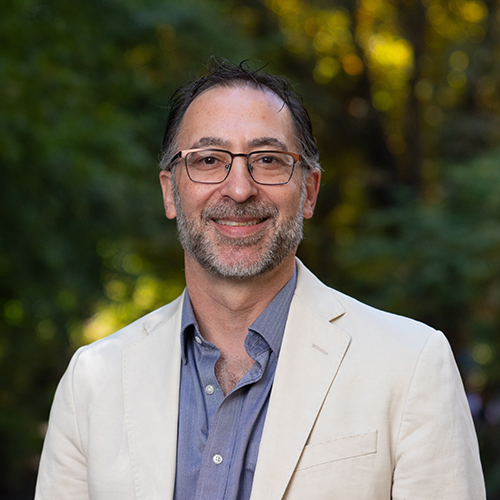Rare metabolic diseases such as Tay-Sachs, Fabry, and Gaucher syndromes are caused by enzyme deficiencies and typically have crippling, even fatal, consequences starting at very early ages. Now a team of UW scientists has developed a relatively simple screening process to detect enzyme deficiencies in newborns, leading to earlier treatment.
“All of the damage from these diseases is permanent, so if you can start treatment early, in a few weeks or months, you can begin to minimize the damage,” says Frantisek Turecek, professor of chemistry.
The technique uses tandem mass spectrometry to screen for about 15
enzyme deficiencies, using a drop of blood from a newborn’s heel. The process typically takes less than two days. So far the screening method has been effective in detecting seven diseases: Krabbe, Pompe, Niemann-Pick, Gaucher, Fabry, Tay-Sachs, and Hurler syndromes, and others are being added to the analytical portfolio.
All of these diseases are associated with enzyme deficiencies within structures called lysosomes, which break down large molecules in most cells. As a result of the deficiency, waste material accumulates in the cell. “It’s like the garbage collectors have all gone on strike,” Turecek explains. “The garbage builds up, the cell struggles, and eventually it dies.”
In each of the diseases, babies typically are symptom free for the first few months to the first year of life. The effects can appear gradually over many years or can accumulate rapidly, with the worst cases causing mental retardation, blindness, and finally death by the age of five or six. Symptoms can be similar among these diseases, making a medical diagnosis difficult, particularly early in life. The new screening method will allow precise diagnosis very early, so newly developed pharmaceutical treatments can be administered in time to repair the break in the lysosome’s biochemical chain and stop further damage.
After an initial investment in mass spectrometry equipment, the new screening should have a relatively low cost, perhaps five cents per analysis for chemicals and materials, says Turecek. He estimates that one tandem mass spectrometer could process 85,000 screenings a year, equivalent to the state of Washington’s annual birth rate.
The UW research team has been working toward a new screening method since 1998, with grants from the National Institutes of Health and Genzyme Corp. Team members include Turecek, chemistry professor Michael Gelb, pediatrics professor C. Ronald Scott, chemistry graduate student Ding Wang, and chemistry postdoctoral researcher Yijun Li.
Other diseases eventually can be added to the screening, says Turecek. “These diseases are such a tragedy. If we can find them early enough to stop further damage, we can improve the quality of life for these kids.”
More Stories

The Public Impact of Private Cities
Geography major Edwin Bai has researched private cities, developed by individuals and corporations, that "take the libertarian idea of low government regulation to the maximum."

The Curious Journey of Chinese Characters
Several Asian countries adapted the Chinese writing system—the oldest writing system still in use—for their own languages. In a new book, Professor Zev Handel shares how that happened.

Demystifying Quantum
In a physics course for non-STEM majors, Professor Miguel Morales teaches quantum mechanics without the advanced mathematics most quantum courses require.